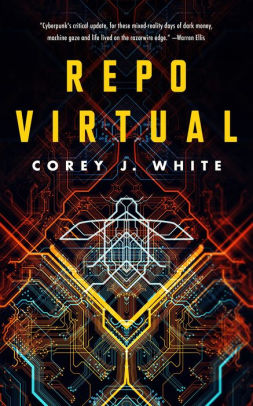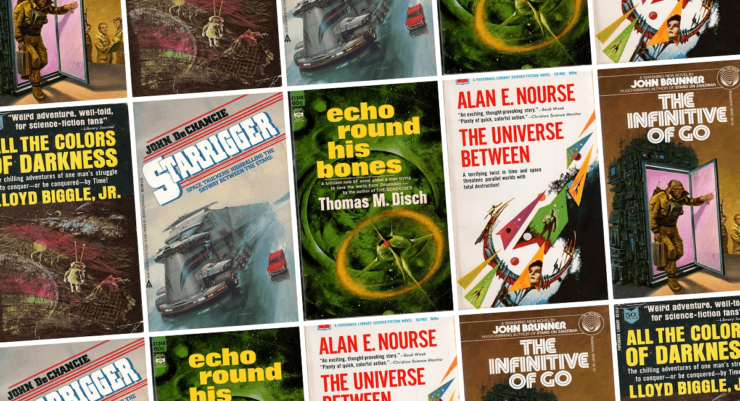Some hundred years ago, visionary hydroelectric pioneer Adam Beck proposed a grand scheme for electrically powered trains that would service the city of Berlin, now Kitchener, Ontario’s transit needs, as well as those of outlying communities. Such is the blinding speed at which modern society moves that scarcely a century later, something akin to a much-reduced version of Beck’s proposal became reality in the form of Waterloo Region’s Ion Light Rail System. For the most part the Ion is perfectly functional, some curiously patron-hostile stops aside, but an unexpected emergent property of the system very quickly became apparent: Kitchener-Waterloo drivers are terrible at noticing train-sized objects. You’d think a massive, whale-sized object bearing down on your car would draw attention … but apparently not. (As I type, the system celebrates its first two–collision day, within hours of each other and only blocks apart. Happily, no one involved in these car-vs-Ion accidents was seriously injured.)
Anyone who has read A. J. Deutsch’s 1950 short, “A Subway Named Möbius” could have predicted that something unexpected would happen.
In this classic story, Boston’s ever-growing MTA adds one station too many. Shortly after the new transit link became functional, train No. 86 vanishes from human ken. The disappearance is inexplicable, but there is one clue: the MTA system shows No. 86 still on the tracks and still drawing power. An explanation follows, but is not reassuring.
One can hardly say “innovative transit technology” without the words “unexpected emergent property” (and perhaps “then the screaming began”) following soon after. This is doubly true for teleportation-based transit systems. SF authors have been on the job here, considering many, many ways in which teleportation networks could go terribly wrong. Here are five of them:
In Lloyd Biggle Jr.’s 1963 novel All the Colors of Darkness, the Universal Transmitting Company has upended transportation with its innovative teleportation technology. Implementation swiftly follows invention, at which point a disquieting flaw in the system presents itself: not every person who steps into the system emerges from the far end. Private Investigator Jan Darzek sets out to establish whether UTC has foisted a flawed technology on the world, or if they are the victim of sabotage. In very short order, Darzek has a unique perspective on the case, for he too is amongst the missing.
In Alan E. Nourse’s 1965 novelette The Universe Between, the phenomenon that confounds the Centre’s researchers is not obviously a means of transportation. They have created a hypercube—but don’t know what it is or what it can do. Experimentation has left three men dead and two quite insane. Only Gail Talbot has been able to survive the hypercube and harness at least some of its potential. It falls to her son to save the world from the Centre’s next ill-fated foray into bold space-time manipulation, but even he does not fully understand the realm he has been exploring since childhood.
In Thomas Disch’s 1967 novel Echo Round His Bones, Nathan Hansard is transmitted to America’s Camp Jackson Mars via teleporter. This is a routine operation…or so it is believed. Wrongly. Hansard is surprised to discover himself somewhere other than Mars. Teleportation creates phantom duplicates on Earth, living ghosts dependent on the phantom duplicates of supplies sent to Mars. Food is in short supply, but no matter. Some of Hansard’s predecessors have solved the problem in a straightforward manner: by eating their fellow phantoms….
Buy the Book


Repo Virtual
In John Brunner’s novel The Infinitive of Go, practical long-range matter transmission is at hand—or so its inventors believe. It becomes apparent that something crucial has been overlooked when the first long-range dispatch of a courier ends with the courier’s suicide upon arrival. Nothing for it but for one of the technology’s inventors to step through his own invention, at which point he discovers for himself the curious properties of long-range teleportation. He has grossly underestimated the range of his impressive device.
Rather conveniently for the humans of John DeChancie’s Reagan-era Starrigger series, an alien race erected Kerr-Tipler objects that link worlds separated by vast expanses of space-time. That the enigmatic aliens didn’t see fit to leave comprehensive roadmaps hasn’t stopped star-truckers like Jake from using the Kerr-Tipler objects to move goods from world to world. Rumours abound that the full potential of the system has yet to be realized—no one knows the full extent of the Skyway, or how many planets it connects. Inconveniently for Jake McGraw, some very powerful people are convinced that he possesses the full map. Or that he will someday have it… Space-time portals, remember?
As always, feel free to suggest other such works in the comments below…
In the words of Wikipedia editor TexasAndroid, prolific book reviewer and perennial Darwin Award nominee James Davis Nicoll is of “questionable notability.” His work has appeared in Publishers Weekly and Romantic Times as well as on his own websites, James Nicoll Reviews and Young People Read Old SFF (where he is assisted by editor Karen Lofstrom and web person Adrienne L. Travis). He was a finalist for the 2019 Best Fan Writer Hugo Award, is one of four candidates for the 2020 Down Under Fan Fund, and is surprisingly flammable.










